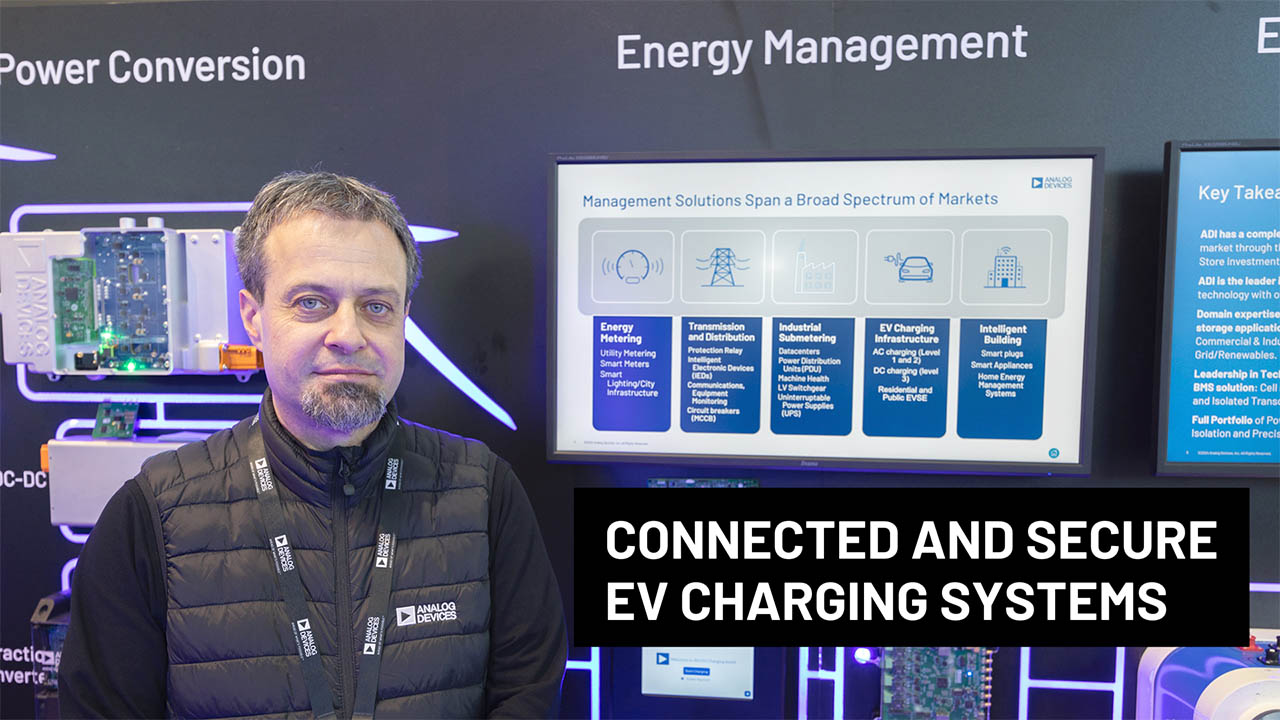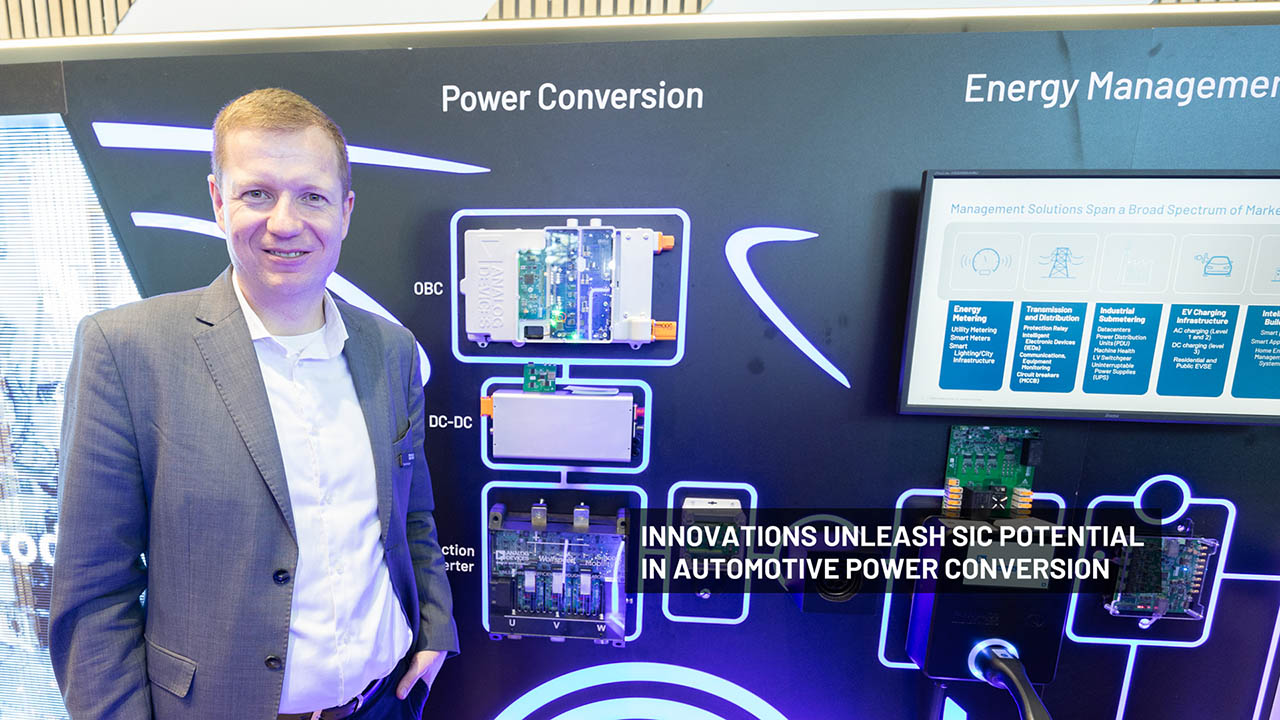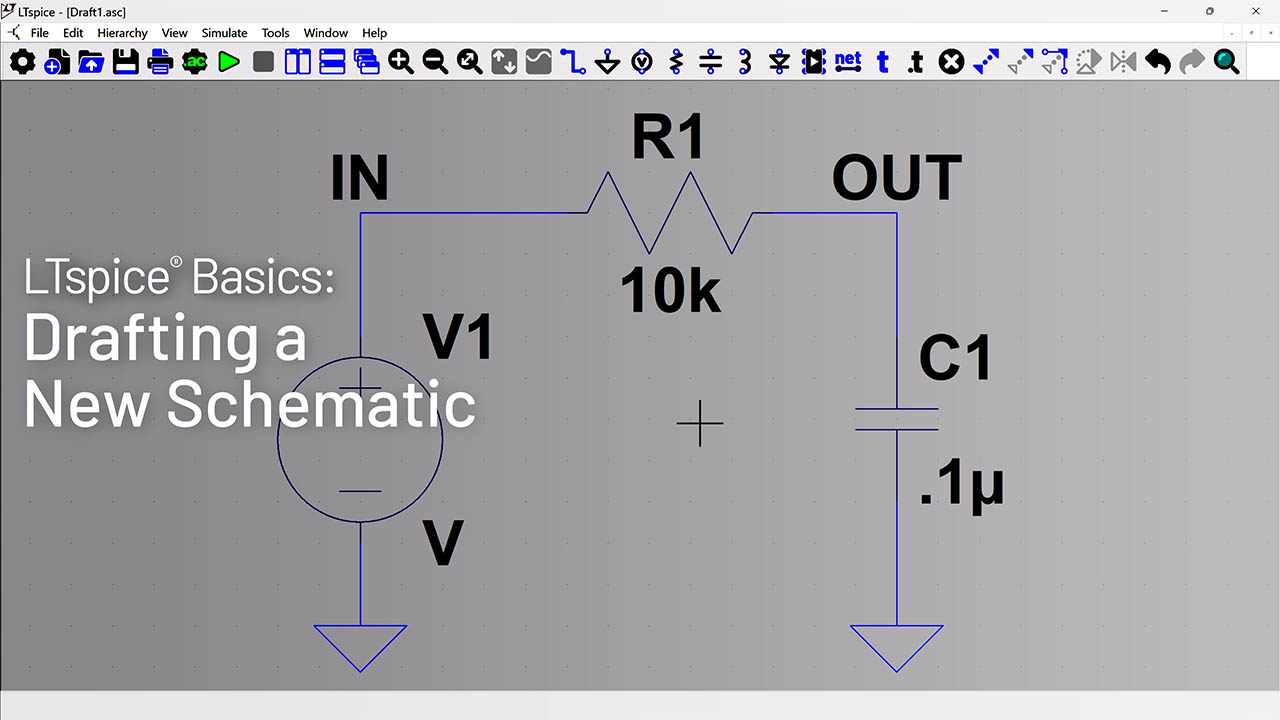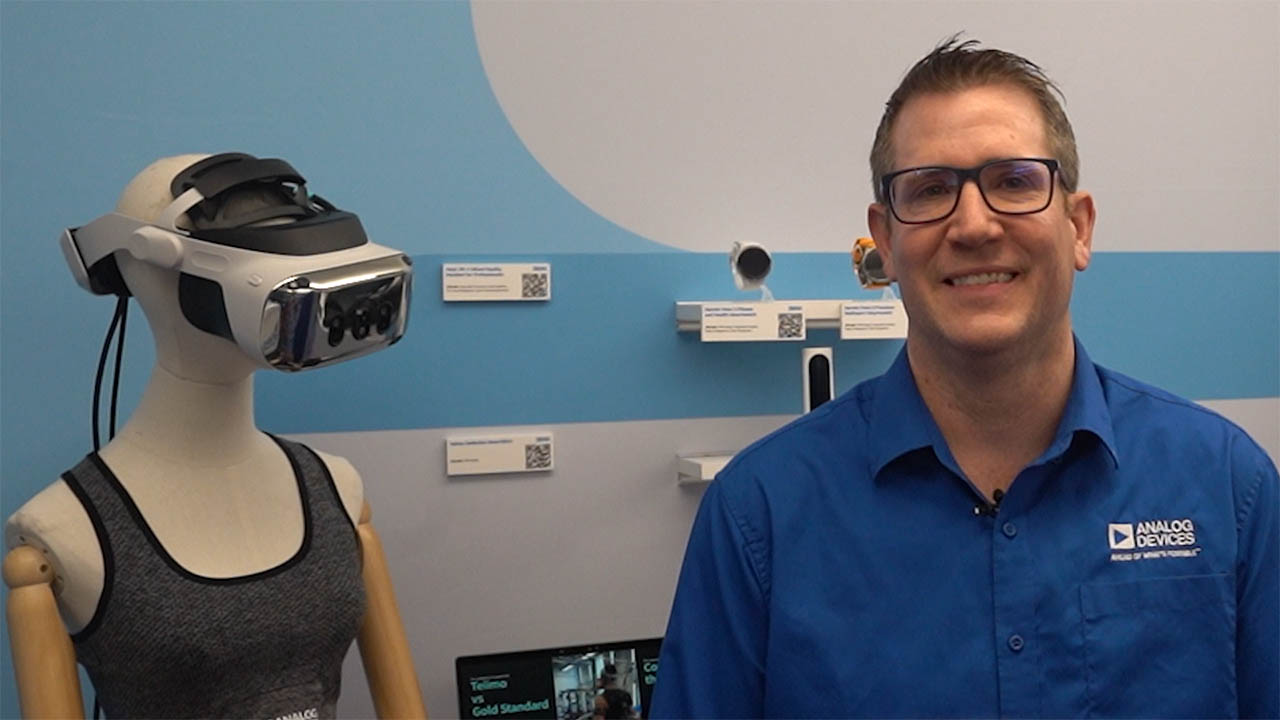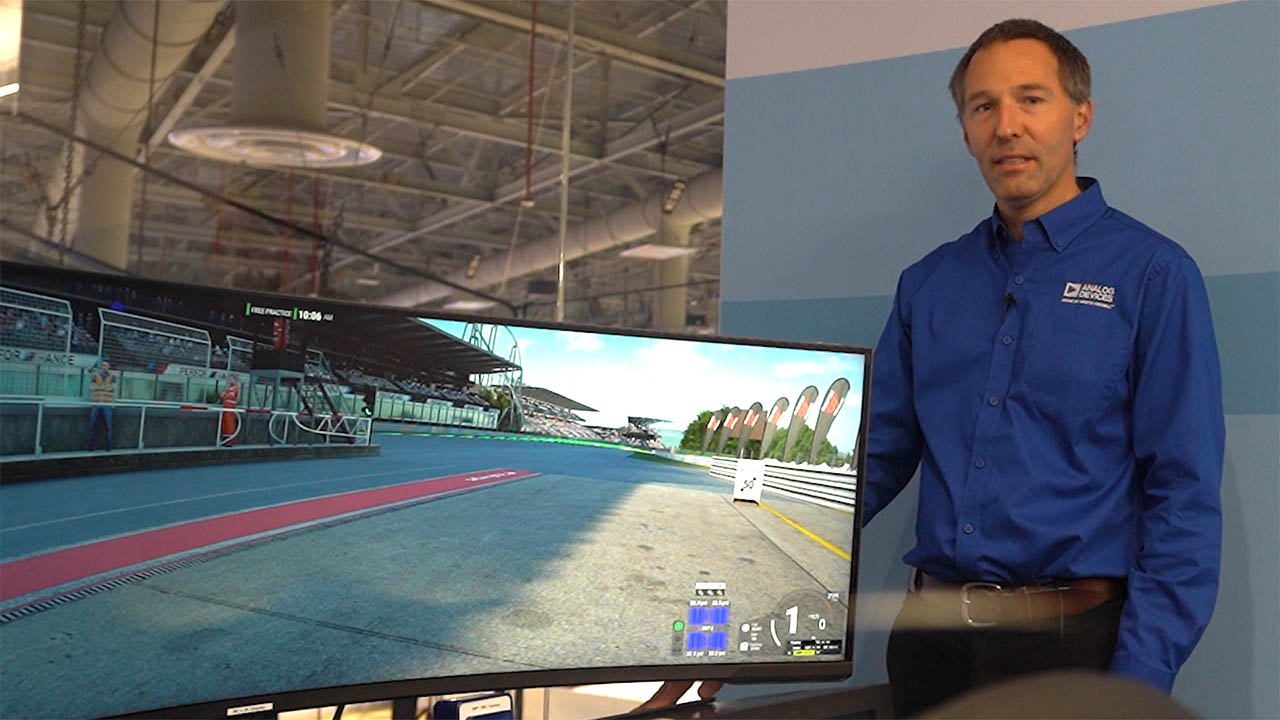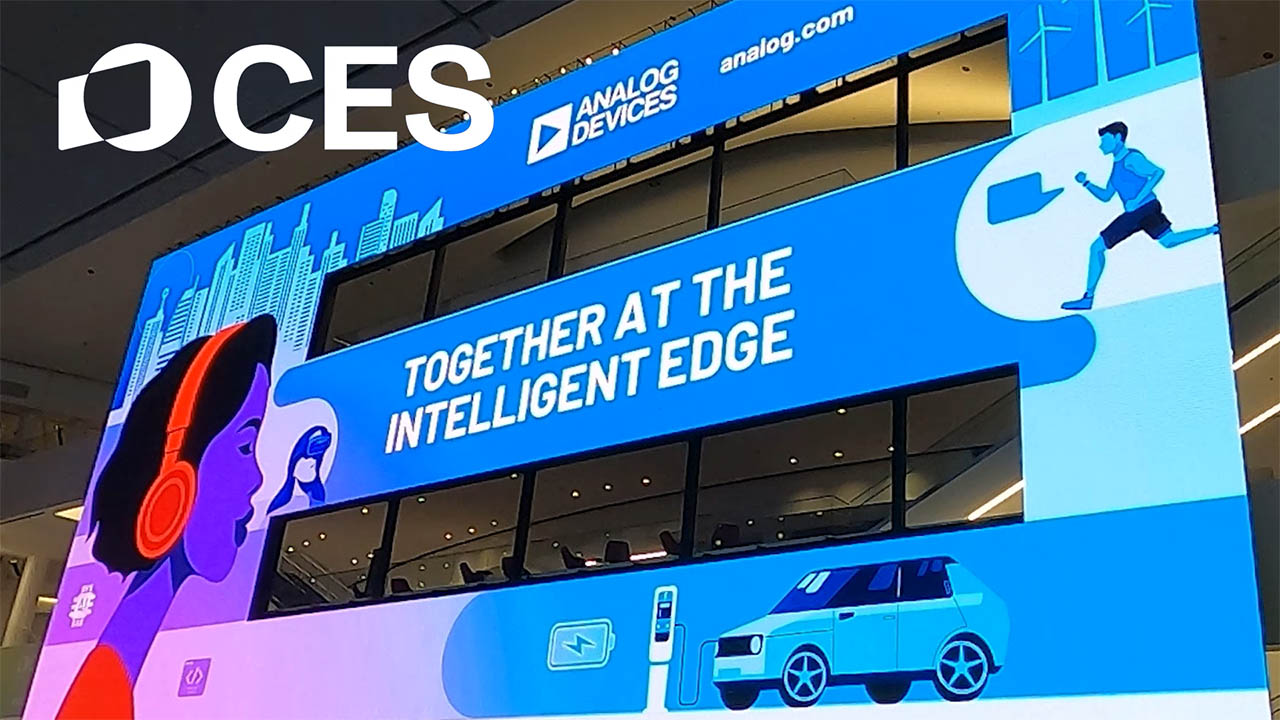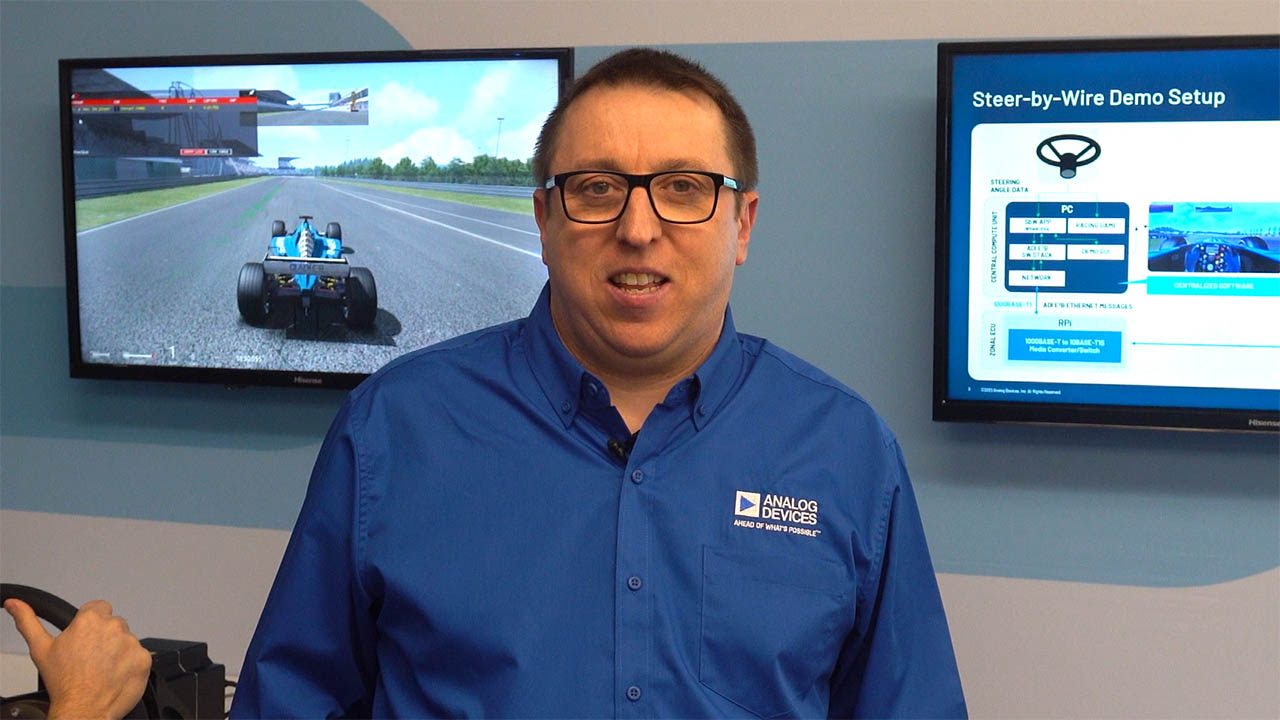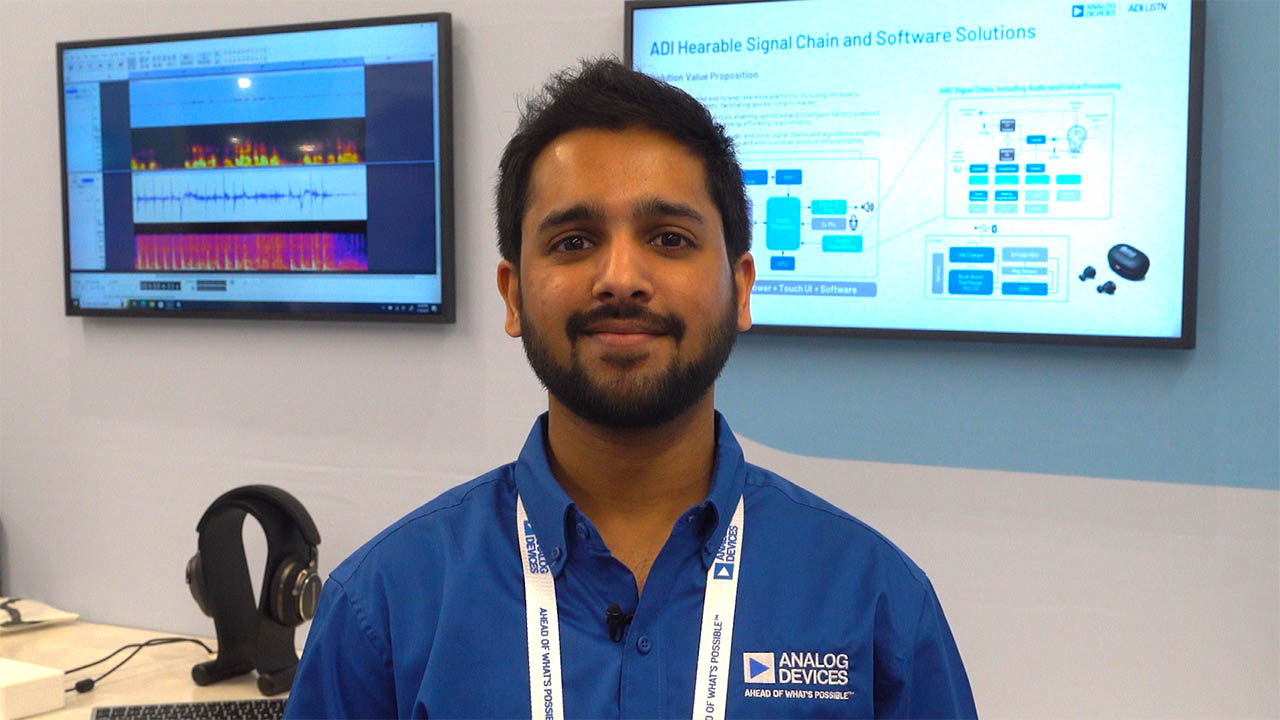Accurate Constant-Current, Constant-Voltage 20A Power Supply Ensures Safe Charging of Supercaps and Li-Ion Batteries
Accurate Constant-Current, Constant-Voltage 20A Power Supply Ensures Safe Charging of Supercaps and Li-Ion Batteries
2010-10-01
Many applications require a power supply that can accurately regulate a voltage and accurately limit output current, but there are remarkably few solutions that can do both with a single IC. System designers must typically trade off accuracy in one feature for accuracy in the other by choosing between a high gain, high accuracy voltage regulator with a crude current limit or a high accuracy current regulator with a crude voltage clamp.
The LT3741 simplifies the design of constant-current, constant-voltage regulators by combining an accurate current regulator and an accurate voltage regulator in a single IC, thus eliminating power system design trade-offs. The LT3741 is a synchronous buck DC/DC controller designed to regulate output currents up to 20A and output voltages up to 34V, with a current regulation accuracy of ±6% and a voltage accuracy of ±1.5%. Near-ideal constant voltage and constant current regulation is possible because of the LT3741’s average current mode control architecture. As seen in Figure 1, the transition between the voltage and current loop is seamless and extremely sharp.

Figure 1. VOUT vs IOUT for a 200W, 10V/20A constant-current, constant-voltage step-down converter.
A unique topology allows the LT3741 to both sink and source current. Precise load current control is achieved with analog control pins CTRL1 and CTRL2. The switching frequency can be programmed from 200kHz to 1MHz and synchronized to an external clock from 300kHz to 1MHz.
Single-Cell Lithium-Ion Battery Charger Provides 10A Of Charging Current
Safety concerns and thermal limitations of charging lithium-ion batteries mean the charger must be able to carefully control charging currents and voltages. Ideally, a microcontroller can accurately throttle back the charging current during the initial and top-off charging phases. This forces the use of a current regulation scheme that has precision adjustable current control, thermal limiting capabilities, and an accurate voltage limit.
The LT3741 easily meets these requirements. Figure 2 shows the LT3741 configured as a lithium-ion battery charger with the maximum current limit set at 10A and the voltage limit set at 4.2V. Charging current is independent of the output voltage and can be adjusted down to 0A via CTRL1. The voltage divider from VREF to CTRL2 provides the thermal limit control using a temperature dependent resistor.

Figure 2. A 10A single-cell lithium-ion battery charger.
With the sharp transition between current and voltage control, the LT3741 delivers system reliability and safety by allowing the battery to be charged with constant current up to the voltage regulation point. Efficiency for this solution is about 93%.
Thermally Derating The Load Current
Proper thermal management is essential with any high power regulator to both protect the load and reduce the chance of system-wide damage. The LT3741 uses the CTRL2 pin to reduce the regulated inductor current. Whenever CTRL2 is lower than the analog control voltage on the CTRL1 pin, the regulated current is reduced. The temperature derating is programmed using a temperature dependent resistor divider from the VREF pin to ground.
Supercapacitor Charger
Supercapacitors are replacing lead-acid batteries in a number of applications from rapid-charge power cells for cordless tools to short-term backup power for microprocessors to vehicle and mobile defense applications. Although each of these applications reaps different benefits from using a supercapacitor, they all require careful control of the charging current and voltage limiting to prevent system-wide damage or damage to the supercapacitor. The charging power source must provide an accurately regulated current source to the supercapacitor, regardless of output voltage while providing an accurate voltage limit to prevent overcharging.
Figure 3 shows a 20A supercapacitor charger with a 5V regulated output voltage. Utilizing a wide input-common-mode range error amplifier for current regulation, the LT3741 provides accurate charging currents through a broad-range of output voltages including a short on the output. This is essential to prevent excessive heat dissipation and limit the charging current within a completely discharged supercapacitor. In Figure 4, the output voltage is plotted verses output current for this charger, showing the LT3741 maintaining current regulation into a virtually shorted output.

Figure 3. A 20A supercapacitor charger with 5V regulated output.

Figure 4. Output voltage vs load current for a 5V/20A supercapacitor charger.

Figure 5. Efficiency and power loss vs load current for the 20A supercapacitor charger.
Strong Gate Drivers And High Current LDO
Modern high current switching Power MOSFETs are most efficient when driven with low resistance drivers to reduce transitional losses. The LT3741 contains very strong gate drivers. The LG and HG PMOS pull-up driver on-resistance is typically 2.3Ω. The on-resistance of the LG and HG NMOS pull-down drivers are typically less than 1.3Ω. While the gate drivers reduce losses, the LT3741 is also capable of driving two high current MOSFETs in parallel where load currents exceed 20A. The LT3741 utilizes a 5V internal high current low dropout voltage regulator to provide up to 50mA to the gate drivers.
A 100W 20V/5A Constant-Current/Constant-Voltage Step-Down Converter
The LT3741 may be used as a general-purpose power solution where accurate output current limit is required. Figure 6 shows a 500kHz, 100W, 20V/5A constant-current, constant-voltage converter. Average current mode control keeps the LT3741 stable and allows it to readily to meet any output voltage or current requirements. For additional protection, the LT3741 utilizes a common mode lockout circuit that prevents the output from exceeding the input common mode range of the current control loop error amplifier.

Figure 6. A 100W 20V/5A constant-current, constant-voltage step-down converter.
Compact Solution
The LT3741 is available in a 20-pin exposed pad TSSOP or 20-pin 4mm × 4mm exposed pad QFN, creating a complete, uncompromising power solution that can takes up a mere 1.5in2. The part is designed specifically for use with low inductance, high saturation current inductors, further reducing board area and profile height. Figure 7 shows a demonstration circuit that produces a 6V/20A constant-current, constant-voltage output. The components in this particular design have standard footprints, making it easy to switch them out to adjust the output current limit and regulated voltage.

Figure 7. DC1602A high power constant-current, constant-voltage demo circuit.
Conclusion
The LT3741 offers accurate current and voltage regulation for constant-current and constant-voltage applications with nearly ideal voltage and current regulation characteristics. The combination of a high gain current control-loop and an equally high gain voltage control loop relaxes the tolerance requirements of other power supply components, thus reducing overall cost, complexity and board size. Average current mode control allows the use of low value, low cost, high saturation current inductors to further reduce overall board footprint. With the demands of today’s battery and supercapacitor chargers, and system requirements for high accuracy current limit and voltage regulation, the LT3741 provides a versatile power solution.
关于作者
关联至此文章
产品
{{modalTitle}}
{{modalDescription}}
{{dropdownTitle}}
- {{defaultSelectedText}} {{#each projectNames}}
- {{name}} {{/each}} {{#if newProjectText}}
-
{{newProjectText}}
{{/if}}
{{newProjectTitle}}
{{projectNameErrorText}}




